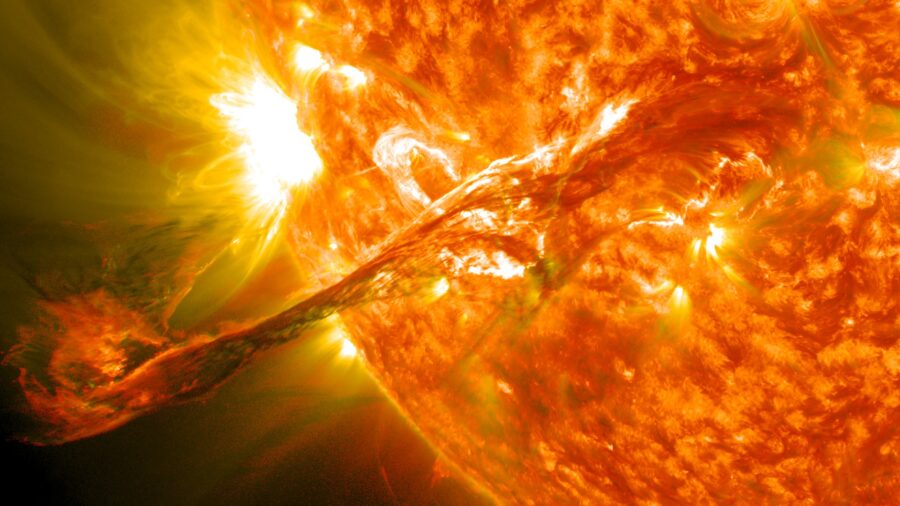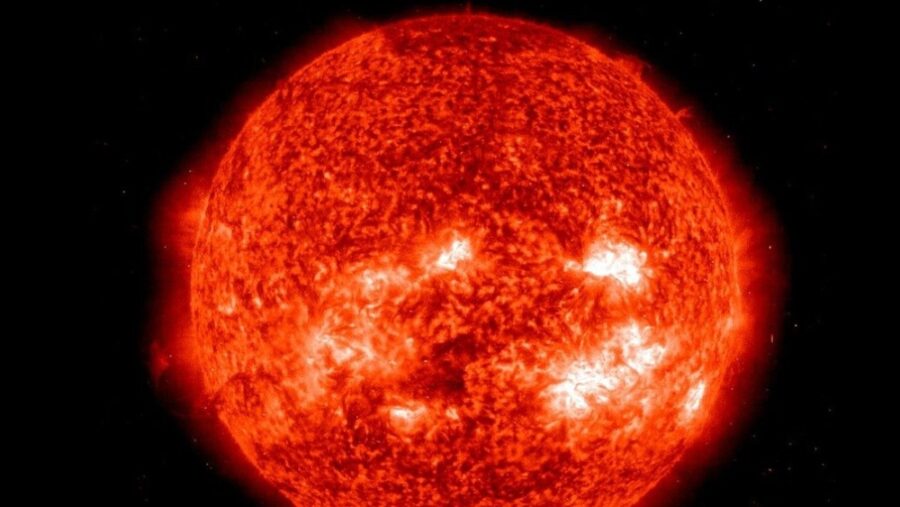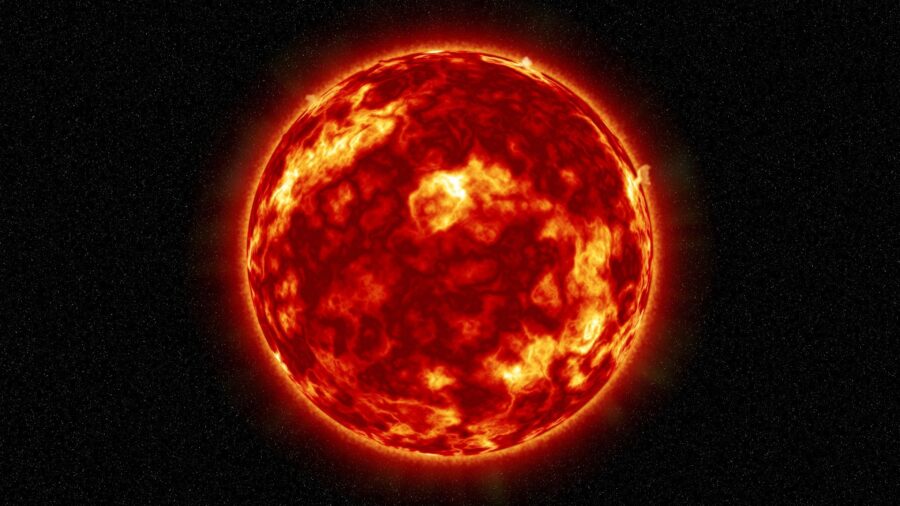The Sun Is Going Crazy And It’s About To Hit Its Peak

A study has found that the Sun will reach a peak in its activity cycle much sooner than scientists previously predicted. Research conducted by astrophysicists Priyansh Jaswal, Chitradeep Saha, and Dibyendu Nandy at the Center of Excellence in Space Sciences India states that the solar maximum is likely to hit in January 2024.
What Happens During Solar Peak?

The revelation is a departure from the initial forecast, which placed the solar maximum in July 2025. Per Science Alert, solar cycles, those mysterious yet regular patterns of the Sun’s activity, occur about every 11 years. During this period, the Sun’s magnetic field undergoes a reversal of polarity, accompanied by fluctuations in solar activity like sunspots, solar flares, and coronal mass ejections.The point at which magnetic field polarity switches is known as the solar maximum, marking the peak of the Sun’s activity in each cycle. Scientists previously relied on tracking sunspots to predict solar cycles. However, this method provided estimates as opposed to precise timings. The last solar minimum ended with solar cycle 24 in 2019
Sooner Than Expected

This was followed by the expectation that solar cycle 25 would exhibit subdued activity, peaking in July 2025. But reality defied those projections. Solar cycle 25 has turned out to be one of the most robust cycles of the Sun recorded since observations began in 1755, showcasing unprecedented levels of solar activity.The unexpected intensity of the Sun prompted scientists Robert Leamon of NASA and Scott McIntosh of the US National Centre for Atmospheric Research to challenge the conventional predictions, foreseeing a stronger solar maximum in mid to late 2024. In October 2023, the NOAA revised its forecast, placing the maximum between January and October 2024.
Studying Sunspots

The recent research by Jaswal, Saha, and Nandy introduces a unique perspective on predicting solar cycles. Instead of focusing solely on surface-level sunspot activity, they delved into the Sun’s internal magnetic activity, scrutinizing decades-old data and applying the Waldmeier effect. Developed in 1935, the Waldmeier effect links sunspots to the length of the solar cycle.In simple terms, a faster increase in sunspot activity corresponds to a quicker arrival of solar maximum, resulting in a shorter cycle. Jaswal and his team studied the rate at which the Sun’s poles weaken and correlated the findings with the Waldmeier effect. The outcome was a prediction that aligns with a solar maximum in January 2024.
A New Way To Predict Solar Cycles

While some uncertainty remains, their approach offers a promising alternative for predicting solar cycles. The research, published in the Monthly Notices of the Royal Astronomical Society Letters, also emphasizes the need to shift focus from surface-level observations to the Sun’s magnetic activity for more accurate predictions.
The Effect On Our Planet And Daily Lives

Since solar activity is intrinsically tied to space weather, with potential impacts on Earth, refining our ability to predict solar cycles becomes crucial for preparedness. The solar cycle affects various aspects of our lives, including satellite electronics, radio communications, and the safety of astronauts and spacecraft.Predicting the strength and duration of solar cycles can help scientists forecast space weather, protect radio communications, and ensure everyone’s safety. The findings of Jaswal, Saha, and Nandy open a new avenue for understanding and forecasting the Sun’s behavior, reminding us that the cosmos is always full of surprises.












